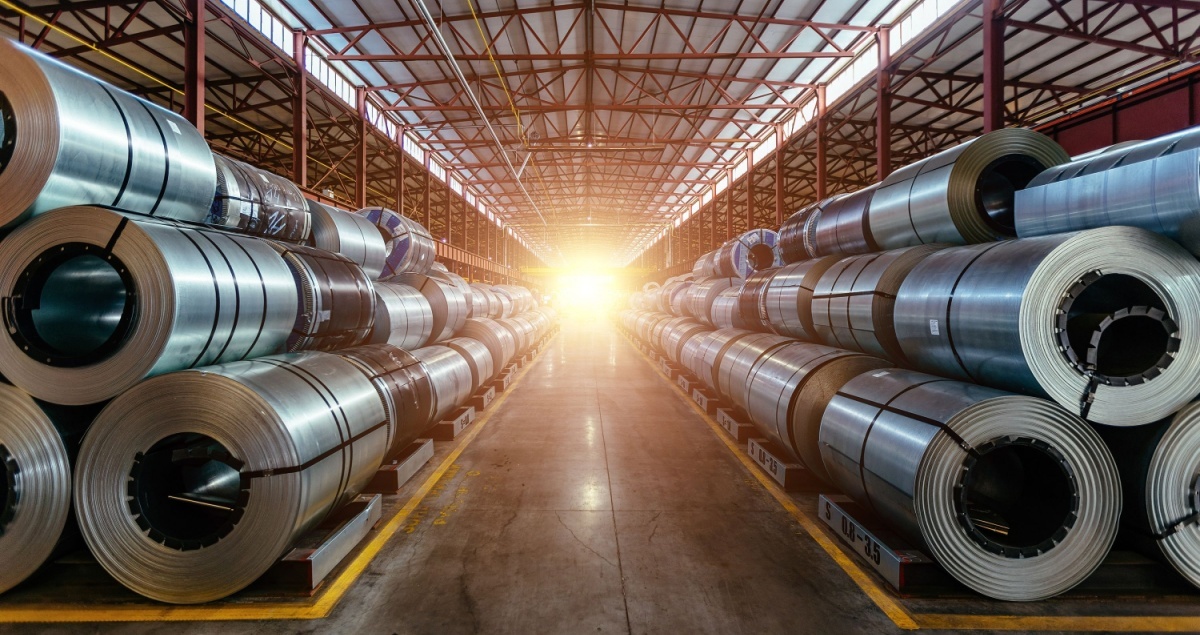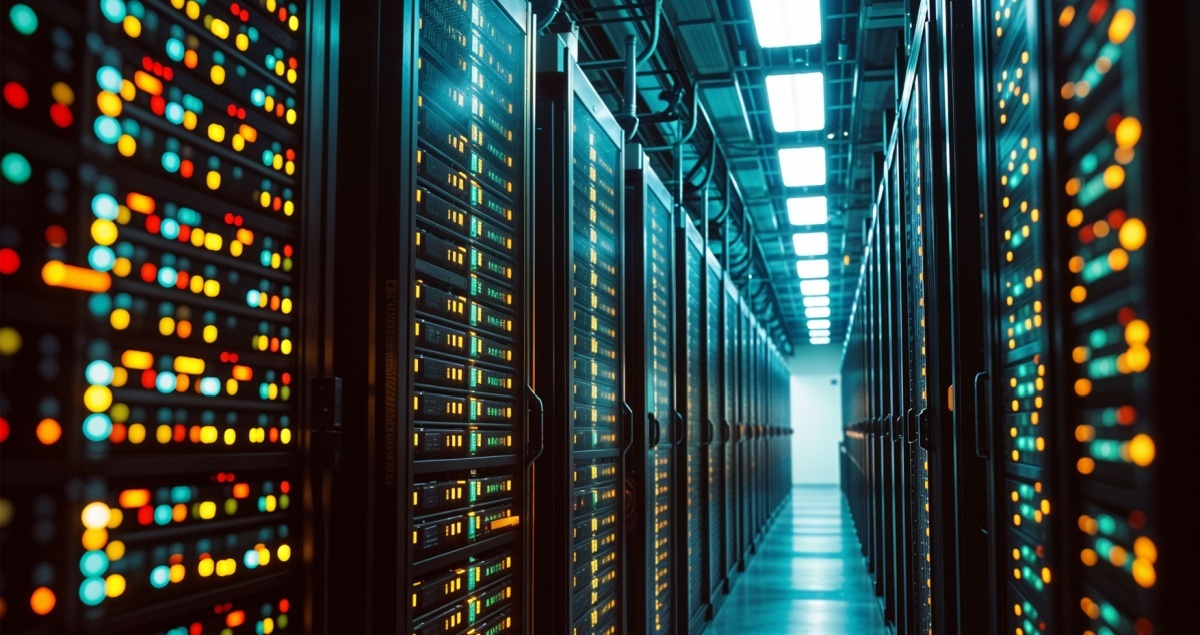7 global energy transition trends to watch in 2025

Index
A new administration in the White House, ongoing geopolitical tensions across the world, the ever-present pressure to decarbonize — the agenda for the energy transition in 2025 will be dominated by supply, security and policy.
Here, we focus on seven significant factors for decision-makers who are shaping this transition to watch in 2025.
1. The new US administration, renewables and AI
It’s no secret that the result of the US presidential election led to uncertainty in some sections of the renewable energy industry.
The new administration is predicted to keep oil and gas at the center of energy policy. Alongside, many experts expect it to slow, rather than halt, the US move to renewables.
The demand for energy driven by the growth of artificial intelligence (AI) in particular means that sustainable energy sources — wind, solar, hydro, and nuclear — will almost certainly still play a significant role in the US energy mix into 2025 and beyond.
As analysts at Wood Mackenzie say: if increasing power supply for AI is going to be a top priority, any investment that adds generation to the grid “should be welcome”.
2. Sustainability goals remain front and center
The energy and manufacturing sectors are among the largest producers of greenhouse gas emissions, alongside transport and agriculture.
These sectors contribute to their respective countries’ emissions, and each country has a Nationally Determined Contribution (NDC), as set by the Paris Agreement.
At COP29 in November 2024, several countries committed to ambitious 2035 NDC targets, including the UK and Brazil. Countries are expected to submit their updated NDCs by early 2025.
COP29 also explored how technology can help high-polluting ‘hard-to-abate’ sectors, such as steel, cement, chemicals and petrochemicals, which contribute around 70% of industry-related greenhouse gas emissions.
Emissions reporting is also likely to come under further scrutiny from governments and regulators in the coming year.

3. China’s influence on the energy transition
Experts including climate officials at the United Nations are calling on China to help lead in addressing the climate crisis.
The country would be in an influential position to do so — as the world's largest emitter of greenhouse gases, but also as a global leader in renewable energy. It is expected to account for almost 60% of all new renewable energy capacity installed worldwide between now and 2030, according to the International Energy Agency (IEA).
New figures suggest China’s greenhouse gas output may have peaked or flatlined, which is significant for global net zero goals. A strong NDC from the country would send an important signal to other nations around sustainable energy, experts say.
4. The growing role of artificial intelligence
AI will continue to drive energy demand for power-hungry data centers. In the US, this will contribute to power consumption rising to record highs in 2025.
As many as four in 10 AI data centers may lack the power to function properly by next year. Tech giants are looking to increase their data center portfolio and new energy sources to power their servers. As they do, with the GPUs/CPUs that process AI data running up to 10 times hotter than traditional CPUs, many will need to invest in new cooling technology.
AI is also predicted to drive progress — the use of AI for predictive analysis and efficiency gains, for example, is increasingly helping industrial companies to operate more productively.

5. Nuclear power set for a record-breaking year
The IEA predicts that nuclear power is going to have a record year for energy production in 2025, as France increases its output and Japan brings plants back online.
Nuclear is a reliable, stable and carbon-free power source, so will form part of the solution to decarbonizing industry and society.
The recent COP29 conference in Azerbaijan built on commitments made at COP28 to triple nuclear power output by 2050.
Small Modular Reactors (SMRs) — fission reactors with a peak output of 300 MWe (Megawatts electric) — could play a key role in nuclear’s future expansion. This is because, being smaller than traditional facilities and requiring less cooling water, they can offer greater flexibility when it comes to site selection.
6. Geopolitical risks and cyberattacks on energy infrastructure
Many of the geopolitical challenges that the energy sector faced in 2024 will continue into 2025 — and could become more acute.
Consultancy firm PwC evaluates the overall threat level to the global energy sector as ‘critical’, with espionage, cybercrime, sabotage and cyber ‘hacktivism’ the most significant threats.
In response, many companies are looking to the latest in behavior detection technology to monitor systems and alert them to suspicious activity.

7. Energy security will continue to dominate agendas
Amid challenges to energy systems including geopolitical risks and growing demand for power worldwide, concerns over energy security will also continue into 2025.
In the second quarter of the year, the UK government will host the IEA’s International Summit on the Future of Energy Security in London, aimed at finding solutions for energy security.
Governments and industry are keen to avoid potential energy supply disruption and associated price spikes.
Each country’s pathway to energy security will be different, but the IEA points to solutions including investing in a range of clean energy technologies, building more flexibility into energy systems and ensuring clean energy supply chains are diverse and resilient.
How players in the energy transition will make headway in 2025
As global powers and priorities continue to shift in 2025 and energy demands continue to increase, decision makers will need to stay alert to developments around energy security, while making sure not to miss the considerable opportunities offered by AI.
By staying ahead of the varied challenges that 2025 will bring, leading players in the energy transition will be able to drive efficiencies while making progress toward decarbonization.
![]()
Discover more about MHI’s work to help a sustainable, safe, secure, and comfortable society





